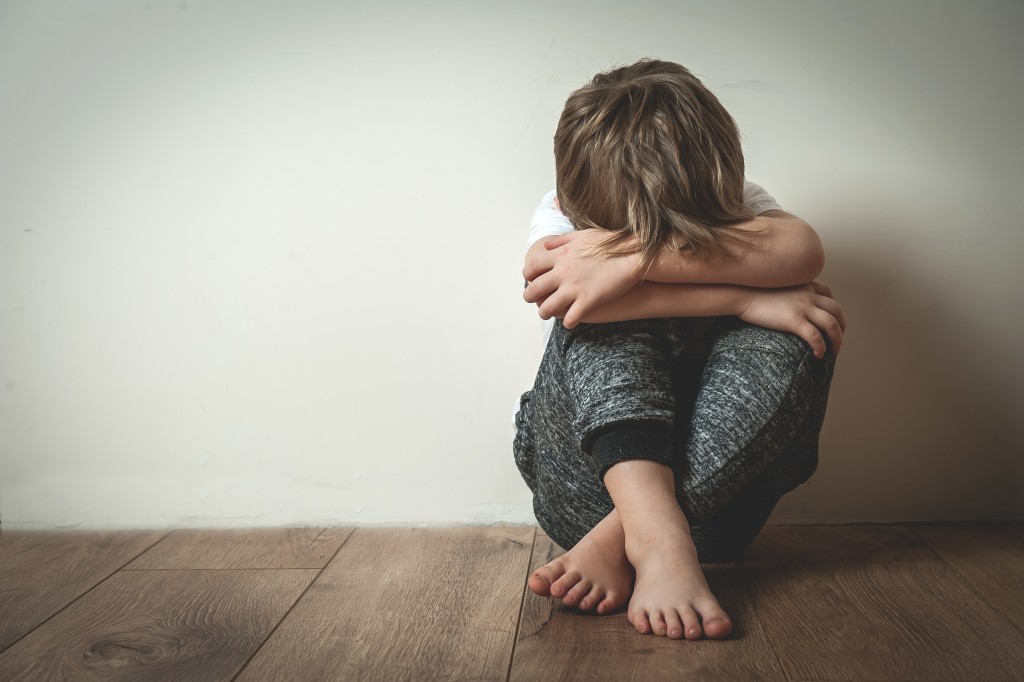Family attorneys in Colorado Springs must have heard a tragic child abuse case at least once in their career. It happens far more often than we think. Children are the most vulnerable sector of society. Sadly, crimes against them are normalized in subtle, almost unseen ways. That can cause severe trauma, mental health problems, bullying in school, and, worst of all, death. Hundreds of children die due to abuse every year, and it must be stopped. One way to do it is to spot the signs of child abuse early and intervene as quickly as possible. Here’s how to identify children at risk and how to help them.
Watch.
There are various types of child abuse, but the common ones are physical, emotional, and mental.
Physical abuse is the most visible among all these. Children at risk are sometimes identified by frequent, mysterious injuries, unexplained bruises and burns, hand-shaped scars, and cuts. Neglect, or when a parent intentionally does not provide the child with ample food, clothes, or care, can also be considered a form of physical abuse.
Emotional and mental abuse are more subtle but can be as damaging. It is when the parent or caregiver plays mind tricks with the child, such as brainwashing them, blackmailing them, insulting them constantly, screaming at them for no reason, or favoring one child over them. A child who is emotionally abused may end up withdrawn and isolated. They may show signs of low self-esteem, turning them into a potential target of bullying.

Another kind of abuse is a combination of physical, mental, and emotional abuse. It includes touching children inappropriately, taking indecent photos of them, or forcing them into obscene activities. Children cannot consent to this, and any form of this behavior with them is a cause for alarm and a way of abuse.
Once you suspect a child abuse case, you should intervene immediately.
Then move.
It would be advisable to talk to the child first. Whether the child is reluctant to give details, you should contact the authorities. The child’s safety is of utmost priority. Make sure that they are taken care of and that they wouldn’t return home that night. If possible, get the authorities involved. Talk to police officers and child welfare authorities about your suspicions, then act accordingly. If the child confides in any case of abuse, do not rely on how their parents may seem. It is better to be wrong about a mistaken child abuse case than to regret not saving the life of a child later. Reassure them that you are a trustworthy person who can be of aid to them. Ensure them that they will be safe.
Also, you should consider if the child has any siblings. Make sure that their siblings are taken to a safe place as well, even if they are not being singled out for abuse like their brother or sister. Chances are, they might be the target of the frustration of the offending parent or caregiver.
In other words: watch, listen, believe, then act. Just by taking action quickly, you might save a child’s life.

